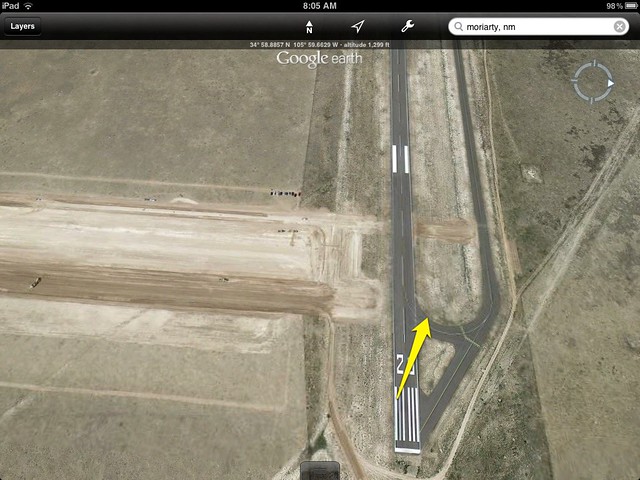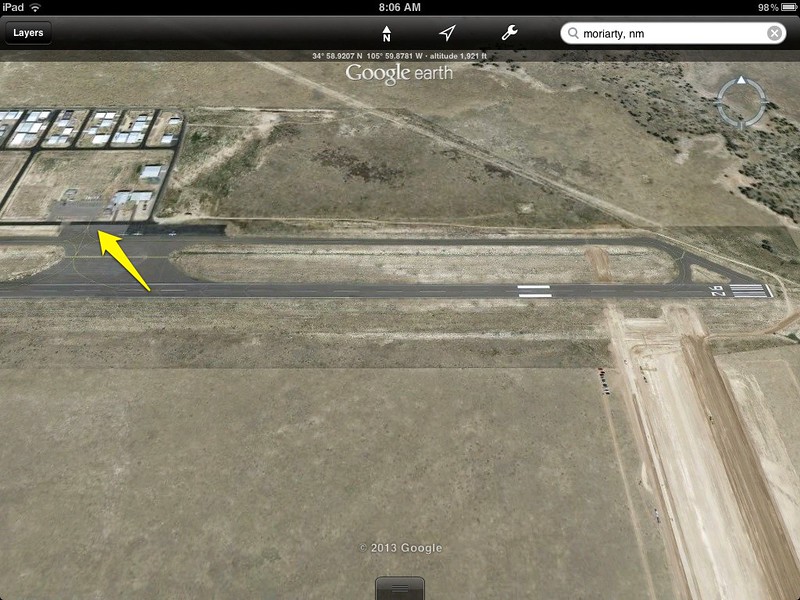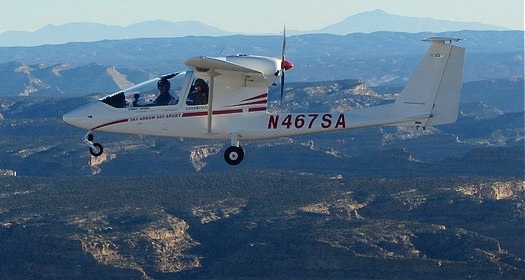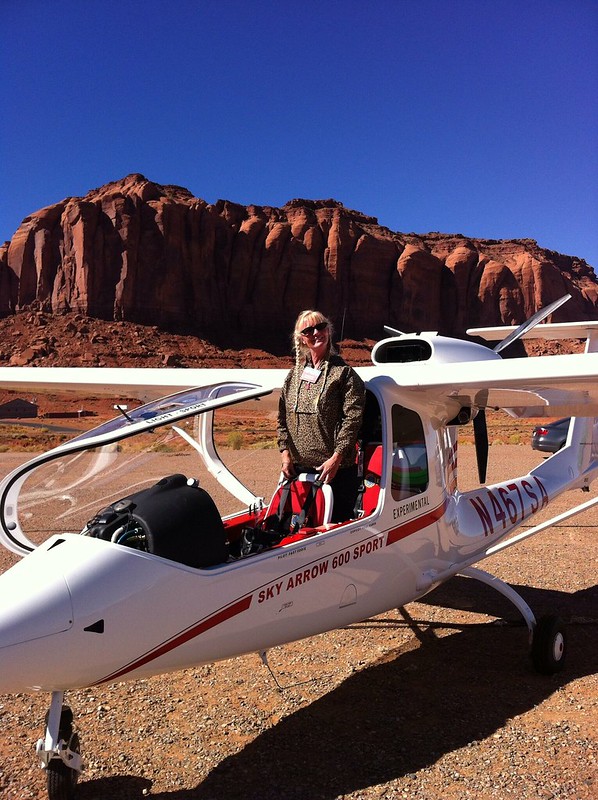Hello-
I have about 200 hours and have gotten pretty comfy with a fair amount of surface wind, say around 12 kts gusting to 18. But I'm afraid I might push that envelope too far and get myself into trouble. I realize it's a complicated question, with a lot of "it depends..." kind of answers. I've been flying an Archer II. Obviously, whether the wind is straight down the runway or a cross-wind is also a major factor. At some point it's just too windy even if the wind is straight down the runway. I also realize it has to do with the ability of the pilot and taxiing techniques. But how much is too much? What kind of winds are you comfy with?
-Scott
I have about 200 hours and have gotten pretty comfy with a fair amount of surface wind, say around 12 kts gusting to 18. But I'm afraid I might push that envelope too far and get myself into trouble. I realize it's a complicated question, with a lot of "it depends..." kind of answers. I've been flying an Archer II. Obviously, whether the wind is straight down the runway or a cross-wind is also a major factor. At some point it's just too windy even if the wind is straight down the runway. I also realize it has to do with the ability of the pilot and taxiing techniques. But how much is too much? What kind of winds are you comfy with?
-Scott






